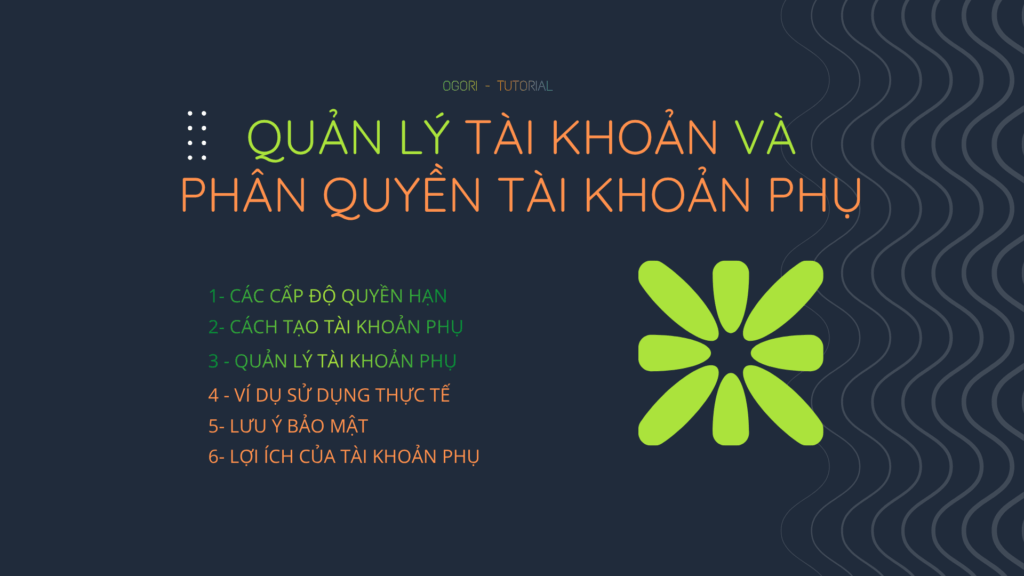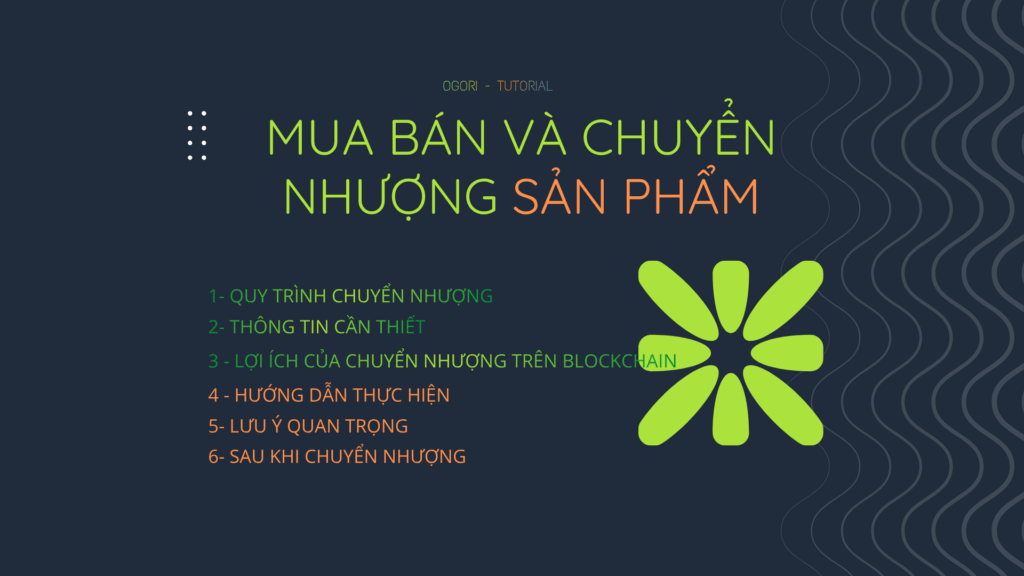According to Forecast No. 440/DB-CCTT&BVTV dated June 6, 2024 of the Department of Crop Production and Plant Protection of Thai Nguyen province, Forecast of pest situation on crops in the 2024 crop season
I. ASSESSMENT OF WEATHER AND PRODUCTION SITUATION IN THE CROP SEASON
1. Weather assessment affecting 2024 Summer-Autumn crop production
According to the forecast of the National Center for Hydro-Meteorological Forecasting, the trend of extreme climate phenomena is approximately the average and is likely to be concentrated in the second half of the rainy and stormy season. From July to September, storms and tropical depressions will affect the northern provinces, and tropical depressions will be more common than the average of the same period. From July to September 2024, heat waves will continue to occur mainly in the Northern and Central regions, and heat waves are likely to occur more often than the average of the same period.
In general, weather conditions in the 2024 Summer-Autumn crop are relatively favorable for early-season sowing to ensure progress and crop growth and development. However, according to forecasts, there is a possibility that weather and climate phenomena will still have strong fluctuations, so it is necessary to pay attention to prevent strong storms with complex movements, affecting the yield and output of late-season crops.
2. Production and crops
* Rice plant
+ Early season rice: strive to achieve an average early season rice area of 50% or more. Sow from May 25 to June 5; transplant from June 10 to June 20, seedling age 10 to 12 days.
+ Mid-season Tea: Occupies 30% of area, sowing from June 10 to June 20; transplanting from June 25 to July 10; seedling age 10-15 days.
+ Late Season Tea: Occupies 20% of area, sowing from June 5 to June 15; transplanting from July 5 to July 20, seedlings are 30 days old.
– Structure of hybrid rice varieties encouraged for production: SL8H-GS9, TH3-7, TH3-5, B-TE1, Syn98, TEJ vang, HKT99, VT404, MHC2.
– The structure of purebred rice varieties mainly encouraged for production: J02, J01, Dai Thom 8, TBR225, BQ, DQ11, ADI28, HD11, Thien Uu 8, Du Huong 8, TH8, Vai sticky rice, Thau Dau sticky rice, Cai Hoa Vang sticky rice, Bao Thai, Huong Thuan 8, Huong Thom No. 7, BG6, HDT10, VNR20
* Corn plant
– Plant from June 10 to July 10.
– Main corn varieties encouraged for production: HN88, NK4300, LVN61, LVN99, CP111, NK4300Bt/GT, NK7328, NK7328Bt/GT, NK66Bt/GT, NK6275, DK9955S, DK6919S
3. Production and crop planning
a. Rice: Area 38,130 ha, yield 54.16 quintals/ha, output 206,500 tons.
b. Corn: Area 4,270 ha, yield 49.51 quintals/ha, output 21,140 tons.
c. Vegetables: Area 3,710 hectares, yield 185.15 quintals/hectare, output 68,690 tons.
II. PEST FORECAST FOR SEASON 2024
Based on the weather situation, crops and weather forecast for the 2024 Winter-Spring crop, Thai Nguyen Department of Cultivation and Plant Protection forecasts the pest situation on major crops as follows:
1. Rice plant
* Two-spotted stem borer
Forecast of two peaks of severe damage from two-spotted stem borer:
Peak 1: Causes damage in late June and early July on rice seedlings and early rice in the tillering stage (mainly in Pho Yen city, Song Cong, Phu Binh district...).
Peak 2: Adults appear from late July to mid-August, larvae damage early and mid-season rice at heading, heading and flowering stages.
Peak 3: Adults appear from mid-September, larvae damage late-season rice fields at the heading - flowering stage.
* Small leaf roller
Peak damage on rice fields is as follows:
+ Peak 1: Adults appear in mid-July, larval damage peaks at the end of July on early season rice at the tillering stage, and mid-season rice at the tillering stage.
+ Peak 2: Adults appear in mid-August, peak larvae damage strongly on mid-season and late-season tea at the tillering and panicle initiation stages.
The 7th generation of adults appears in mid-September, larvae cause local damage to late-season rice in late September and early October (mainly concentrated in Vo Nhai district).
* Brown planthopper - white-backed planthopper
This is a pest that needs to be closely monitored because in addition to causing direct damage, planthoppers are also vectors of viral diseases such as yellow blight, yellow dwarf, leaf curl... It is necessary to pay attention to the following points:
+ Peak 1: Brown planthoppers appear and cause strong damage from mid-August to early September, with high density on early and mid-season tea, which can cause localized burns on early-season tea in the green-ripe stage, and damage on mid-season tea in the head-forming stage.
+ Peak 2: Severe damage to tea in the middle season, milky ripening stage - wax ripening stage from late September to early October, late season, standing stage - panicle formation stage.
* Golden apple snail: Causes damage from the seedling stage until the rice tillers, especially in low-lying areas and along ditches.
* Spider mites: Causes severe damage to rice fields from the tillering - panicle initiation - flowering stages. Especially with the complicated weather developments of the 2024 crop season, the possibility of drought, heat, and intermittent showers, are favorable conditions for spider mites to grow and cause severe damage.
* Long stink bugs: Appear from mid-August then density gradually increases, causing damage to rice fields. Special attention should be paid to rice fields that ripen earlier or later than the surrounding areas.
* Spike-eating caterpillars: Usually appear at the end of the season, especially in conditions of heavy rain and high humidity. Larvae cause damage to cotton from September onwards.
* Mobile yellow leaf disease, black-striped dwarf disease
The disease appears and causes damage in late June and causes severe damage in July on early and mid-season rice. The virus appears and causes damage on rice plants right from the seedling stage.
* Bacterial leaf blight and streak disease
The disease arises, develops and causes widespread damage mainly on early and mid-season tea in August and early September, especially when there are showers and thunderstorms, followed by hot weather. The ability to spread and develop the disease is high on hybrid rice varieties with large leaves.
* Striped leaf spot disease
Appears and causes strong damage to early and mid-season tea from July, late season from August, with wide damage level and distribution area.
* Mouse
Causes severe damage to rice crops. Severe damage begins in mid-July (mainly in southern districts), and damage increases widely from early August on all three rice crops.
Other pests such as rice leafhoppers, black rot disease, chrysanthemum disease, and rice blast appear and cause local damage.
2. Corn plant
* Fall armyworm: causes scattered damage at the end of June, high damage density in July - August.
* Cutworm: Damages seedling stage.
* Leaf-eating worms: Worms appear and cause severe damage from when the corn has 3 leaves until the ears turn.
* Stem borer, corn: Causes widespread damage from the stage of coring to firming.
* Aphids: Appear and cause damage when corn has 7-8 leaves, cause strong damage during the flowering stage, and have a wide distribution area.
* Small leaf spot disease: The disease appears early and causes severe damage in corn growing areas on poor, low-lying, poorly cared for, and drought-affected soil. Widely distributed (concentrated in northern districts).
* Sheath blight: The disease usually occurs when the corn has 6-7 leaves and is more harmful during the flowering and harvesting stages.
* Black-streaked dwarf disease: It is predicted that the disease will likely arise and cause damage to summer-autumn corn with damage levels ranging from mild to moderate.
3. Tea tree
Green leafhoppers, whiteflies, and mosquito bugs appear and cause damage continuously on tea fields, with the peak of damage caused by green leafhoppers in June, July, and August; mosquito bugs in October and November; and whiteflies cause severe damage over a large area in June, July, August, and September, causing severe damage on tea fields exposed to the sun, drought, and few shade trees. In addition, red spider mites, bud rot, brown spot disease, and gray spot disease cause local damage.
4. Vegetable plants
Main pest components, time of occurrence and level of damage are equivalent to the 2023 Winter-Spring crop.
5. Fruit trees
* Longan and lychee trees
The main pests are brown stink bugs, velvet mites, fruit borers, etc., the time of occurrence and level of damage is equivalent to the 2023 Summer-Autumn crop. Pay attention to brown stink bugs causing widespread damage in June and July.
* Custard apple tree
+ Mealybugs, thrips, red spiders: Peak damage in June and July, especially in hot, dry weather conditions, causing slow fruit growth, affecting productivity and product quality.
+ Fruit flies: Peak damage from early August.


